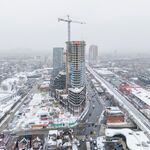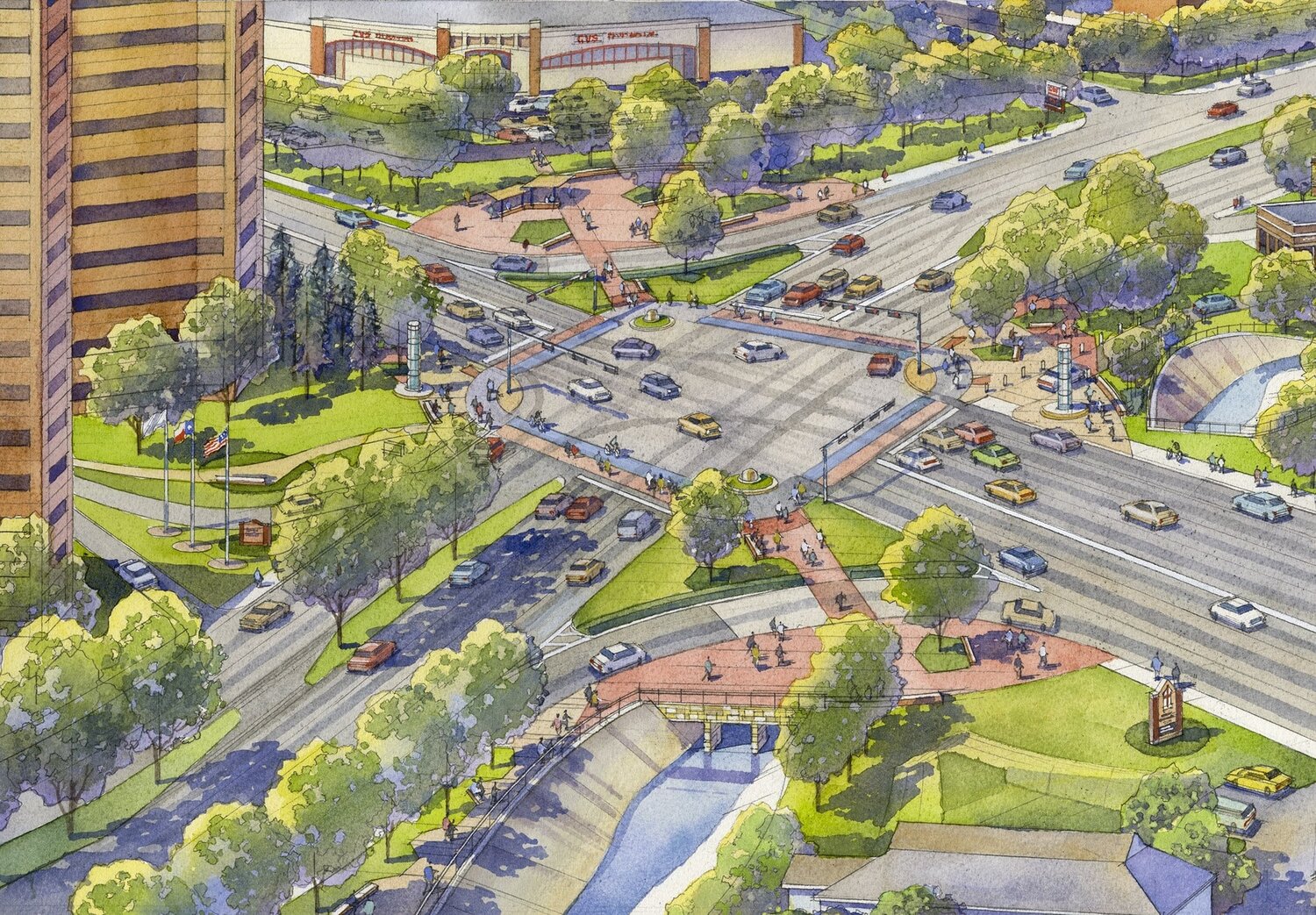allengeorge
Senior Member
I guess it depends on one's beliefs, who they're willing to inconvenience and long-term goals. For example, I'm heavily biased towards prioritizing pedestrians and walkability over other forms of transportation - especially cars. I also believe (and there are studies out there about this) that making driving less convenient diverts and reduces overall car usage and traffic. Finally, I prioritize putting retail on streets (not underground) because it contributes to the vitality of an area and increases the number of pedestrians, thus making more pedestrians comfortable, thus ...
This informs a lot of my comments and reactions to this area's redesign, including:
This informs a lot of my comments and reactions to this area's redesign, including:
- My concern that the travel lanes are too wide and there are too many of them
- The street grid is not fine-grained enough
- That retail should not be underground





